Zpacks Tents – How To Choose
Last Updated: April 5, 2024
Here’s how choose an Offset, Plex, or Free, modified Zpacks Tent, and in the right size and fabric weight
We love backpacking with Zpacks tents because they’re incredibly ultralight, sturdy, high quality, protective, and simple to pitch. But how to choose when there are so many options? This buyer’s guide dives extremely deeply into stats, materials, and feature comparisons to help you choose the most optimal Zpacks tent for your backpacking needs.
For the quick shortcut answer, you should choose the Offset Duo. That’s because it’s their best 2p model by almost every measure, and 2P tents are the most versatile, universally popular size; also great for 1P use.
Our guidance is grounded in decades of collective ultralight backpacking experience, and many nights spent sleeping in Zpacks tents in all environments and conditions. Between our staff, we’ve used a majority of the Zpacks tent line, but have had to make a few spec-based inferences to fill in the gaps.
Editor’s Note, 4/5/24: This article was updated to account for the addition of Free Zip 2P Freestanding Tent.
While you’re here, don’t miss our complete guide to the Best Backpacking Tents (not just the Zpacks models), or keep reading to learn how to choose the right Zpacks tent for you. Happy trails!
You make Adventure Alan & Co possible. When purchasing through links on our site, we may earn an affiliate commission at no additional cost to you. Here’s why you can trust us.
How To Choose Zpacks Tents, The Quick Version
- Plex Solo: Third Best 1P Tie, For Short-Medium Height, Second Lightest Weight
- Plex Solo Lite: Best 1P exclusively for Fastpacking, short-medium height, lightest weight overall
- Altaplex: Third Best 1P Tie, For Tall Height, Third Lightest Weight
- Offet Solo: Best Overall 1P For Most Uses, Best For All Heights
- Duplex Lite: Second Best for 1P, for Short-Medium Height, Third Lightest Overall, Worst 2P for 2P
- Duplex Classic: Second Best For Mostly 1P, Some 2P, Short-Medium Height
- Duplex Zip: Second Best For Exactly 2P, Short Height
- Offset Duo: Best Overall 2P, Best For Any Combination of Mixed 1P & 2P Use, Best For All Heights
- Free Zip 2P: Best for 1-2P in Strong Wind and/or Anywhere Trekking Pole Tents Cannot Pitch
- Triplex: Second Best For Mostly 2P, Some 3P, Short-Medium Height
- Triplex Zip: Second Best For Mostly 3P, some 2P, Short-Medium Height
- Offset Trio: Best Overall 3P, Best For Any Combination of Mixed 2P & 3P Use, Best For 2 Wide Pads, Best For All Heights
Logic For How To Choose Zpacks Tents
The shortcut answer to this question is that you should probably choose the Offset Duo because it is far and away the best 2P tent they make, and 2P tents in general are the most versatile as they can very effectively be used solo. This is so because, among their 2P tents, Offset Duo has the most interior area, headroom, and features, while maintaining the a low weight. Choose Offset Trio for Mixed 2p & 3P use. Choose an Offset Solo for thru hiking or if you mostly hike alone or already have a high performance ultralight 2P.
Basically, as long as you can afford it, from a technical perspective, you should nearly always choose an Offset series model over a non-Offset. The Offset Solo, Duo, and Trio are all the best Zpacks tents in their respective size classes, and some of the very best tents in existence.
However, all of the Zpacks tents are excellent ultralight designs, and how to choose between them comes down to a combination of your budget, height, prioritization on comfort vs max weight savings, and how many people will typically sleep in the tent. Because Zpacks tents are of such high quality and price, we recommend purchasing a 2P model like the Offset Duo first, because they are the most versatile, given the ability to sleep one or two campers, while keeping stowed weight and bulk to a minimum for solo travel. 2P tents are perfectly acceptable for solo use, many even prefer the extra space.
Consider a dedicated solo tent, if you are a thru-hiker or building a multi-ultralight-tent quiver. Consider a 3P tent if you and your partner both use wide pads, are restless sleepers, need 3P capacity, and don’t intend to use it solo. Choose tents with feature add-ons like Offset, and Zip when you plan to use the tent at mostly full capacity (ex. mostly sleeping 2P in a 2P tent). Choose the more minimalist base models, which are lighter weight and less bulky when stowed, if you intend to use it mostly at less than full capacity, with the option to use it a full capacity from time to time (ex. mostly sleeping 1P in a 2P tent, but occasionally sleeping 2P in a 2P tent)
Zpacks Plex Solo
13.9 oz | $599 | Second Best 1P, Lightest Weight, For Short-Medium Height
The Zpacks Plex Solo is, unsurprisingly, the best solo tent in the Zpacks Line. Notably, it is more like a 1.5P than a 1P thanks to its widened center. Though it tapers to 28″ at the ends, the 38″ center width of the Plex Solo is luxuriously spacious for one camper. Unlike the 2P and 3P Zpacks tents, the Plex Solo and it’s taller sibling Altaplex, have only one door, one vestibule, and are set up with one pole – which saves lots of weight and bulk and setup time. But before you choose the Plex Solo, even if you have a big solo trip coming up, consider how likely it is that you may wish to sleep two in the future. The base Duplex is only 4.5 ounces heavier. Sure, if you’re thru-hiking or building out an ultralight tent quiver, those 4.5 extra ounces easily justify the Plex Solo. But Zpacks tents are expensive, and the Duplex is much more versatile for most people and still more than light enough to justify taking solo.
Zpacks Plex Solo Lite
11.8 oz | $599 | Best only for Fastpacking. Lightest Weight of All. For Short-Medium Height
The Zpacks Plex Solo Lite is the lightest fully enclosed tent in the world! It is the exact same chassis as the original Plex Solo, but saves 2.1 oz ounces by utilizing a thinner floor material (DCF .75, down from DCF 1.0), and narrower guy line cordage (1.3mm, down from 2.0mm). Because Zpacks tents are very high quality and expensive, we feel that most people would be better served with the original Plex Solo in order to extend the life of their floor, rather than saving two ounces. Those who would value saving two ounces are fastpackers, multi-day trail runners, FKT setters, and the like. If that’s you, this is likely the best option on the market and definitely the best from Zpacks. But all other soloists should look to the Offset Solo, Plex Solo, Altaplex, or even at the Duplexes before choosing this.
Zpacks Altaplex
15.4 oz | $669 | Second best 1P For Tall Heights Only, fourth lightest weight
As the name implies, the Zpacks Altaplex is the taller version of the Plex Solo, with many of the same design features. It is the single tallest in the Zpacks Line. Set up with just one trekking pole, the peak height is a whopping 56-58″ which is a whole 10″ taller than the base Duplex, and 4-6″ taller than its shorter sibling the Plex Solo. But as the base 1P Plex Solo is already the second tallest tent, you really only need to go for the Alta if you’re truly over six feet. We do not recommend thinking of the Altaplex as a more luxurious Plex Solo for the average hiker. Not only is it slightly narrower and slightly less sturdy in wind, unless you’re quite tall, the average sized hiker would get a bigger live-ability boost and bigger versatility boost by upgrading to a 2P model or an Offset Solo. Another interesting thing to note is that the Altaplex adds height-not-length, while the Offset Solo offers both. Another thing to consider is that tall tents are kind of rare, and if you are a tall hiker and you don’t already have a 2P tall ultralight tent, we would recommend getting the Offset Duo before an Altaplex or Offset Solo, because it’s more versatile and probably two tall-ness upgrades for the price of one.
Zpacks Offset Solo
18.8 oz | $729 | Best Overall 1P For Most Uses, Best For All Heights
If you’ve ever felt cramped in a 1P tent, Zpacks Offset Solo is your ticket to spreading out comfortably. This two-door, two-vestibule ultralight DCF trekking pole shelter offers truly exceptional interior volume and floor area, easily accommodating wide pads, tall hikers, and plenty of gear. The namesake offeset bumps the ridgeline towards the headline for more interior volume above where you stand up. A carbon fiber end strut adds convexity above the footend to prevent sleeping-bag-wet-fly-wall contact. It is a top tier performance option for solo hikers, thru-hikers, and fastpackers, and truly a best-in-class design. Shop now.
Read more in our deep dive Zpacks Offset Solo Review.
Zpacks Duplex Classic
18.5 oz | $699 | Second Best For Mostly 1P Some 2P, Short-Medium Height
Ah original Zpacks Duplex, the best Zpacks tent for backpackers who prefers going solo, but sometimes bring a buddy along too. It is the lightest weight, least bulky, and least featured 2P tent in the line. Because solo backpackers can’t share anything, they need to be extra cognizant about carrying less gear, and less weight. It’s more important for the soloist to carry less than it is for the duo to have more comfort features. Thus, base Duplex is still as relevant today as it’s ever been. If most of your backpacking trips involve sleeping two people in one tent, we recommend one of the larger and/or more fully featured models. But this the right choice for mixed 1p and 2p use. What’s more, it can even accommodate moderately tall soloists who have the ability to increase the usable length by sleeping diagonally.
Update Aug 3, 2023: We recommend the Offset Duo over the Duplex because it is wider, longer, and has better headroom for only 1.2 extra ounces.
Zpacks Duplex Lite
14.9 oz | $669 | Second Best for 1p, for Short-Medium Height, Second Lightest Overall, Worst For 2P
The Zpacks Duplex Lite claims the title of lightest 2P fully enclosed tent, weighing in at a scant 14.9 oz! It achieves this miracle by starting with the base Duplex chassis, narrowing it slightly, and utilizing a slightly thinner floor fabric and guy line cordage. While this is technically a 2P tent, there is zero width to spare, so it’s more like a 1.8P tent, and probably designed with thru-hikers in mind who are unlikely to ever use it at full capacity. The 25 sq ft interior floor is definitely cramped for two, but could be appropriate for fastpackers or a pair of smaller/shorter people who wish to prioritize weight savings over comfort. To be clear, we do not recommend this for general 2p use, but it is a great option for soloists.
Zpacks Duplex Zip
20.4 oz | $729 | Second Best For 2P, Short Height
The Duplex Zip is an excellent and incredibly sweet ultralight Zpacks tent that gets pushed into a corner by its siblings. Except for the fact that it’s $70 less expensive, it’s technically worse than Offset Duo in almost every way; if you can afford it, just get Offset Duo. Nonetheless, Duplex Zip’s Zip feature set gives it a zippered storm door, top vents, and magnetic door roll-ups, a nice upgrade in creature comforts. However, compared to base Duplex, it’s bulkier and heavier and worse for 1P use. Thus, who should choose it? It is best for 2p use by two short hikers who wouldn’t need the excess room in Offset Duo offers. But they’d still appreciate it. Basically, there’s no technical reason to choose this tent over Offset Duo, so we only recommend it if you want to save $70.
Zpacks Offset Duo
19.7 oz | $799 | Best Overall 2P, Best For Any Combination of Mixed 1P & 2P Use, Best For All Heights
On August 3, 2023 Zpacks launched the Offset Duo and immediately skyrocketed to the top of our Zpacks brand tents power rankings. Thanks to the spacious interior, exceptional headroom, sub 20 oz weight, and innovative offset + end strut design, we deem it the best of all worlds. It is has more interior square footage than all other 2P Zpacks options, and is the second lightest, only one ounce heavier than the baseline Duplex. It has all of the features of the Zip upgrade package (magnetic roll-ups, zippered storm doors, and peak vents) is taller and wider than the Classic, and has better headroom thanks to the offset poles and tall end strut. Aside from its cost, which is quite expensive, there is little to no reason for choosing any other Zpacks Tent over the Offset Duo.
Read our full-length Zpacks Offset Duo Review.
Zpacks Free Zip 2P Freestanding
31.3 oz | $899 | Best Overall for 1-2P Use in High Wind and/or Anywhere Trekking Pole Tents Cannot Pitch
The Zpacks Free Zip 2p is 25-50% lighter than its freestanding peers from mainstream outdoor brands, has an exceptional wind-resistance-to-weight ratio, is made with best in-class-materials, and offers above average headroom. However, it’s also very expensive, has a smaller-than-average interior, and the smallest vestibules in its category. Nonetheless, this is likely one of the best, and virtually only, true ultralight freestanding tent on the market, and is uniquely positioned in the Zpacks tent line. It is an exceptionally useful and versatile shelter to add to your quiver for use in wind and when unable to pitch non-freestanding tents.
Read more in our Zpacks Free Zip Tent Review.
Zpacks Triplex
21.6 oz | $799 | Best For Mostly 2P, Some 3P, or Restless 2P
The Zpacks Triplex, along with the Triplex Zip, and Offset Trio are the only 3P tents on offer. And between them, base Triplex is lightest weight and least bulky to carry, and thus is more suitable as a majority 2P tent that can sometimes flex for 3P. We also recommend it highly as a 2P option for restless sleepers. Your tentmate would appreciate the extra width to create a buffer zone in the middle. For routine 3P use, look to the Offset Trio and ignore the Triplex Zip.
Zpacks Triplex Zip
23.4 oz | $829 | Second Best For Mostly 3P, Some 2P, or 2P Wide
The Zpacks Triplex Zip is the second best Zpacks tent for three campers, after Offset Trio and ahead of Triplex Classic. The only reason you should choose this tent over Offset Trio is if you want to save $70. The namesake “Zip” means its storm doors have zippers and magnet roll-ups instead of toggles for increased user friendliness. But what’s most important is that the Triplex Zip has upper storm door vents. These are extremely helpful to relieve the enclosure of a third person’s worth of heat, moisture, and smells, and make it better for 3p use than the classic Triplex. That said, this is the heaviest and bulkiest Zpacks Tent to carry and almost strictly worse than Offset Trio for 3p use, so we only recommend it to save a bit of money.
Zpacks Offset Trio
22.9 oz | $899 | Best Overall 3P, Best For Any Combination of Mixed 2P & 3P Use, Best For 2 Wide Pads, Best For All Heights
The Zpacks Offset Trio is the largest and most spacious of all Zpacks Tents, and easily the best 3P tent, but you’d never know it from the scant 22.9 oz weight. It has all of the features of the creature comforts of the Zip models (zippered storm door, magnetic toggles, peak vents), plus an offset ridgeline for increased ceiling volume. Dual end struts lift up the head and foot end to form convexity, further increasing headroom, and decreasing the likelihood of brushing against condensation. At 94″, it’s longer than the classic models which are 90″,”. The overall increased length and width gives it the largest interior area. The downside is that it’s more expensive than the baseline Triplex by $100, has much smaller vestibules, and is a bit more complicated to pitch.
Read our full-length Zpacks Offset Trio Review.
Zpacks Tents: Price, Weight, & Interior Area Comparison
| Zpacks Tents | Price($) | Weight (oz) | Interior Area (sq ft) | Interior Sq Ft/Pound |
| Plex Solo Lite | 599 | 11.8 | 20.6 | 27.9 |
| Plex Solo | 599 | 13.9 | 20.6 | 23.7 |
| Altaplex | 669 | 15.4 | 22.5 | 23.4 |
| Offset Solo | 749 | 18.8 | 23.5 | 20.0 |
| Duplex Lite | 669 | 14.9 | 25.0 | 26.8 |
| Duplex Classic | 699 | 18.5 | 28.1 | 24.3 |
| Duplex Zip | 729 | 20.4 | 28.1 | 22.0 |
| Offset Duo | 799 | 19.7 | 31.5 | 25.6 |
| Triplex | 799 | 21.6 | 37.5 | 27.8 |
| Triplex Zip | 829 | 23.4 | 37.5 | 25.6 |
| Offset Trio | 899 | 22.9 | 41.9 | 29.3 |
| Free Zip 2 | 899 | 31.6 | 26.3 | 13.2 |
Zpacks Tents: Interior Length, Height, & Width Comparison
| Zpacks Tent | Length (in) | Height (in) | Center Width (in) |
Width/Person (in)
|
| Plex Solo Lite | 90 | 52 | 38 | 38 |
| Plex Solo | 90 | 52 | 38 | 38 |
| Altaplex | 90 | 56 | 36 | 36 |
| Offset Solo | 94 | 48 | 34 | 34 |
| Duplex Lite | 90 | 48 | 40 | 20 |
| Duplex | 90 | 48 | 45 | 22.5 |
| Duplex Zip | 90 | 48 | 45 | 22.5 |
| Offset Duo | 94 | 48 | 50 | 25 |
| Triplex | 90 | 48 | 60 | 20 |
| Triplex Zip | 90 | 48 | 60 | 20 |
| Offset Trio | 94 | 48 | 66 | 22 |
| Free Zip 2 | 86 | 43 | 44 | 22 |
Zpacks Tents: Feature Comparison
| Zpacks Tent | Storm Door Closure | Storm Door Roll-Up | Peak Vents | End Strut |
| Plex Solo Lite | toggle | toggle | no | no |
| Plex Solo | toggle | toggle | no | no |
| Altaplex | zipper | toggle | no | no |
| Offset Solo | zipper | magnet | yes | yes |
| Duplex Lite | toggle | toggle | no | no |
| Duplex | toggle | toggle | no | no |
| Duplex Zip | zipper | magnet | yes | no |
| Offset Duo | zipper | magnet | yes | yes |
| Triplex | toggle | toggle | no | no |
| Triplex Zip | zipper | magnet | yes | no |
| Offset Trio | zipper | magnet | yes | yes |
| Free Zip 2 | zipper | magnet | yes | N/A |
Zpacks Tent Modifiers Explained: Offset, Zip, Lite, & Free
“Offset” Overview
Offset meaning: Two Zpacks Tents, the Offset Duo and Offset Trio currently comprise the Offset series. The word Offset signifies that the apex ridgeline is bumped closer to the head-end to creating an asymmetrical pitch with additional ceiling space directly above where users spend the most time sitting up. This decreases ceiling height above the foot-end. Compared to baseline series (Duplex/Triplex) Offset series is also 4″ longer and 6″ wider at the head end, tapering to equal width with at the foot-end. It has a higher interior volume, but smaller vestibules. It It also implies the addition of one or more 32″ end struts (mini-poles or use 3rd/4th trekking pole), to create convexity at the foot and/or head end, which further increases usable headroom and interior volume. This package also includes magnetic storm door roll-ups, magnetic bug mesh door roll-ups, peak vents, zippered storm doors, and trekking pole-to-bathtub-floor-connection flaps.
Our thoughts on the Offset features: The Offset package is the best upgrade in the Zpacks line. It has all of the zip features package, with more interior area and more headroom. It is the biggest and best of all worlds, the most livable. It has the best headroom, thanks to the offset ridgeline. Only downside is the decreased vestibule space, and that it’s the most expensive of them all, adding +$100 on top of the baseline Duplex or Triplex, which are already pricey.
“Zip” Overview
“Zip” meaning: Two Zpacks tents come with the “Zip” suffix – the Duplex Zip, and Triplex Zip. The Zip implies three distinct changes from the classic model. First and foremost is the inclusion of a waterproof zipper closure system on the storm doors instead of a toggle closure. Second, and perhaps even more important than the zipper is the addition of the storm door vents, which help reduce condensation build up by dumping a bit of warm air that has risen to the top. Third and finally, is how magnets replace toggles for the storm door roll-up system.
Our thoughts on “Zip” features: The zipper comes with pros and cons, but once the dust settles, we could take it or leave it, to be honest. Obviously it’s faster and easier to use, especially when opening/closing from the inside. The zipper also creates a flush closure that prevents the wind from blowing into/flapping the gap in between the toggled-closure storm doors. The downside, of course, is that zippers are usually the first thing to fail on any given piece of gear, so we view the addition of the zipper as a small but notable hit to the overall lifespan of the product. Zippers can be especially difficult in sandy environments as they get clogged and damaged more easily.
But we love, love, love the addition of the vents. All single-wall shelters have condensation issues, and the vents help reduce that. They’re also great on warm nights. We hope that all of the Zpacks tents get storm door vents going forward, not only those with zipper closures. That being said, as single-wall shelters go, we’ve always found that Zpacks tents are breezy and well-ventilated with just the doors and the gap around the base/under the vestibule. Lastly, the magnetic storm door closure roll-ups are nice to haves, marginal but strict improvement. They hold surprisingly well and are much easier to un-do than the toggles, especially from the inside.
“Lite” Overview
“Lite” meaning: The Lite designation for Zpacks tents, currently found on Plex Solo Lite and Duplex Lite, refers to a weight savings package that reduces weight by ~20% over the base model. The weight savings are derived from three optimizations: (1) thinner DCF floor fabric, most Zpacks tents use DCF 1 oz/sq yd for floor fabric, but DCF .75 oz/sq yd is used for the Lite edition; (2) narrower width. The standard Duplex is 45″ wide, whereas the Duplex Lite is 40″ wide. This allows room for two standard width sleeping pads with zero to spare on the edges; (3) thinner guy line cordage on all cinches and pulls, down to 1.3 mm from 2mm.
Our thoughts on the “Lite” features: The weight savings optimizations are appreciated, and 14.9 oz for a fully enclosed Duplex Lite is impressive, as is 11.8 for Plex Solo. However, the end result is that Duplex Lite is a 2p tent is specifically designed for use by 1P, and while it technically can fit two campers, we would never actually recommend that as it’s just too narrow. But in general, we tend to prefer the extra width rather than sacrificing it. The thinner floor saves both weight and bulk, but will reduce the overall lifespan of the tent. We assume if you’re opting for the Lite version, you are unlikely to use a ground pad since weight savings are the entire point. The thinner guy line cordage is another one where it probably only saved a fraction of an ounce and may harm useability in cold weather. The two oz weight savings from Plex Solo Lite may not be worth the hit to floor durability, and for most people choosing between plex solo vs plex solo lite, we recommend the original.
The phenomenon here is that we respect but don’t love any of the individual optimizations comprising the Lite package, but the end result is certainly admirable. All said and done, if you aren’t into fastpacking, FKTs, multi-day trail running, super ultralight gear, and/or shaving every last gram possible, you should probably avoid the Lite series in favor of the other options.
“Free” Overview
“Free” meaning: At present, the Free modifier is used with one tent, the Free Zip. We expect them to release a 3p and perhaps even a 1P version. “Free” refers to the use of dedicated 6.3mm Easton Carbon tent poles to create a single wall, freestanding ultralight tent, no trekking pole and tensioned guylines required to pitch. The poles significantly increase wind resistance over pole-less models, and create more headroom compared to a Duplex ridgeline. The downside is that they add about 12 oz of weight and $170 of cost, and yield smaller vestibules, and a slightly smaller interior.
Our thoughts on “Free” features: Non-freestanding Zpacks tents are lighter weight, larger, more economical, and what you should probably choose 90% of the time. But the Free series fills a unique niche and is worth adding to your quiver if the cost is not prohibitive. Everyone with extensive trekking pole tent experience has at least once been hosed by sand, slick rock, or wooden tent platform. The Free Zip is perfect for scenarios when you know to expect challenging tent pads. But perhaps a better use case for it is wind. Tents this wind resistant usually weigh 3-4 lbs, so the fact that you’re getting it for just 2 lbs is a huge potential upgrade. Thus the Free Zip is not our new daily driver, but we expect to choose it as the best tent for the job on multiple trips per year.
Zpacks Tents Fabric Thickness & Color
How To Choose Fabric Thickness
As you shop around a Zpacks Tent product page and shift between colorway selections, you might notice that the list weight changes. That’s because their tent flys are offered in two different thicknesses of Dyneema Composite Fabric, .55 oz/sq yd and .75 oz/sq yd.
While both fabrics are completely adequate in terms of durability and waterproofness, the .75 oz/sq yd is more durable and more waterproof while also slightly heavier. No one option is strictly better, and which is right for you depends mostly on your preferences.
Note, all Zpacks Tents except for Duplex Lite use 1 oz/sq yd DCF for the floor.
Which color is which fabric weight?
- .55 oz/sq yd
- Blue, Olive Drab, White
- .75 oz/sq yd
- Spruce Green, Burnt Orange, Dirt (brown)
Zpacks Tents Fabric Weight Considerations
We’ve run the numbers and here are the results. Our measurements are based off of the base Zpacks Duplex model.
- The .75 is 65% stronger when it comes to Tensile Strength
- The .75 is 72% stronger when it comes to Puncture Strength
- The .75 is 33% more waterproof
- The .75 increases the total weight of the tent by approximately two ounce total, averaging across most models
- Not listed or measured, but the .75 weight is slightly bulkier and more voluminous when stowed
- The .75 is more opaque and less sheer than the .55, though are unable to measure this
While we acknowledge that the .55 is sufficiently durable and waterproof, those are quite substantial performance increases across the board. For people who prefer backpacking gear that is average weight, lightweight, or ultralight, we would recommend choosing a .75 oz/sq yd colorways. For backpackers striving to go super ultralight, we would recommend the .55 oz/sq yd weight colorways.
How To Choose Fabric Color
Regarding sheerness/transparency and the white colorway
First and foremost, we will call out that the white colorway is quite sheer/transparent, and that in general, the three .55 DCF options are all more sheer than the corresponding .75 weight colorways. But the white in particular is more like a white-ish clear than a true white. While you cannot see detail through it, you can see the color of skin through it. All of the rest are sufficiently thick/colored to provide adequate privacy, but we recommend against the white colorway.
LNT Considerations
It is nice if your tent doesn’t stand out like a sore thumb, drawing the eye and interrupting other campers’ experience in nature. In that sense, consider where you are most likely to camp. Green tents are most respectful in a forest environment, red and brown tents are most respectful in a desert environment. Don’t worry about matching perfectly as you will probably travel between ecosystems and no one tent is perfect everywhere.
Safety Considerations
Opposite LNT is safety. A tent that stands out is more likely to be found in a search and rescue situation. While this is a marginal benefit as Zpacks tents are not offered in high vis colorways, it is worth noting and considering.
Photogenic Considerations
Like with safety, subject isolation is important to photographers. An orange tent looks good against the backdrop of a green forest. Conversely, a green tent would not stand out and would make for an inferior tent portrait photo. If taking pretty pictures of your tent is important, consider choosing a colorway that is opposite from the environment you plan to photograph most.
Interior Ambiance Considerations
Have you heard of “drunk-tank pink?” It is common tradition to place angry, drunken bar brawlers in a room the color of Pepto-Bismol pink. Whether or not that actual use-case is urban legend, it’s because pink creates a calming ambiance. But not just pink, warm colors like yellow and orange have been studied to have a similar effect. So in that sense, the burnt orange colorway specifically is the most likely to have a calming, pleasant effect and improve the ambiance.
Personal Preference
If you’re going to spend $600-800 on a Zpacks Tent, you should like how it looks. Choose a color that makes you happy, that you think looks good. Just like how well-plated food is perceived to taste better, gear that you think looks good might just perform better!
Which does the author choose?
The author prefers the burnt orange colorway. It is pleasant and warm feeling to be inside, and photographs extremely well in forests and meadows. At the same time, it is still a somewhat earthy color that blends in on dirt and is not high vis or disruptive to the LNT experience.
How should you choose?
First, rule out white since it doesn’t offer enough privacy. Then, decide between .55 oz/sq yd or .75 oz/sq yd. If you normally purchase super ultralight gear, choose .55 oz/sq yd. If you are anyone else, choose .75 oz/sq yd. Then think about where you are most likely to camp throughout the lifespan of the tent and if you want to contrast with that ecosystem (photographers and safety-firsters) or blend in (LNTers). Finally, just wind up choosing your favorite color.
How To Choose Zpacks Tents Conclusion
We can’t stress enough how excellent Zpacks tents are, and how highly we regard them. We’ve used them all over the world, and weathered serious storms, and been very comfortable. There is no single best option, how to choose comes down mostly to your height and how many people you intend to sleep in the tent given its most common use-case. But we’re confident that you’ll be happy with whichever you decide on.
We hope you found this guide helpful, and we’ll continue adding to it and updating as new Zpacks tents are released. If you have any questions, please let us know in the comments. Happy hiking!

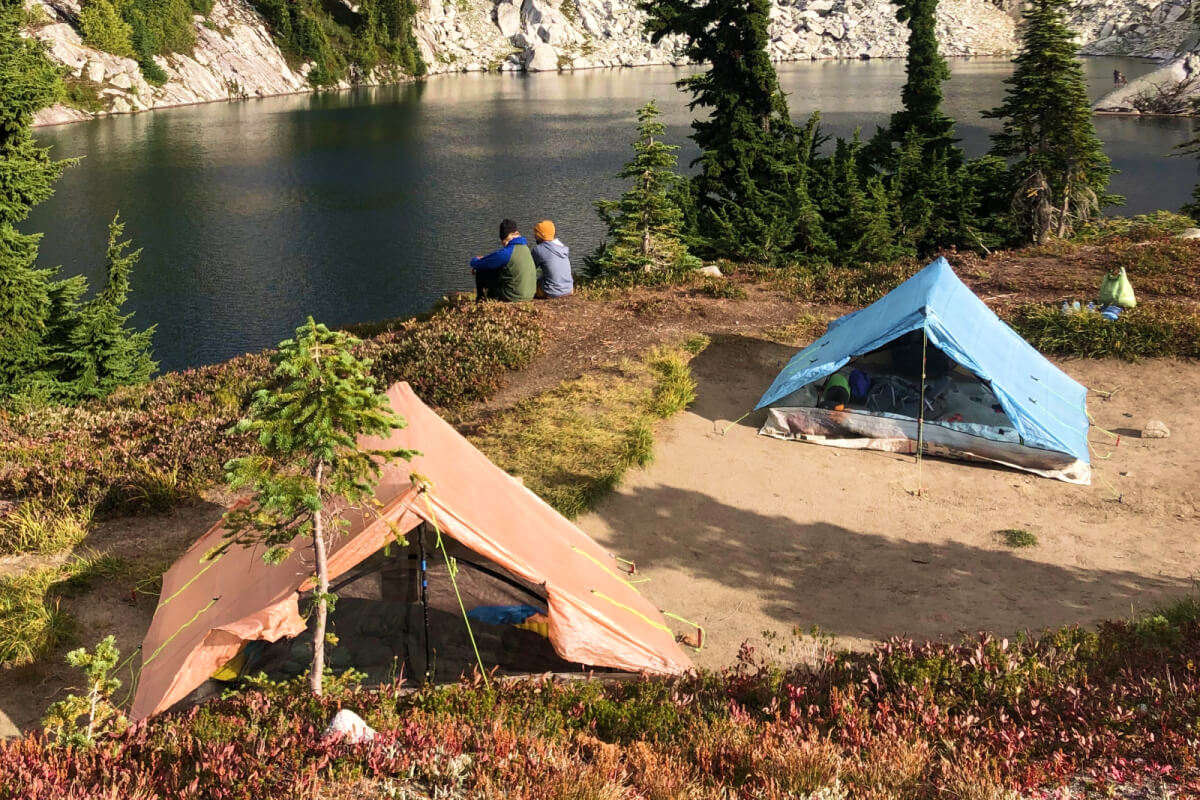
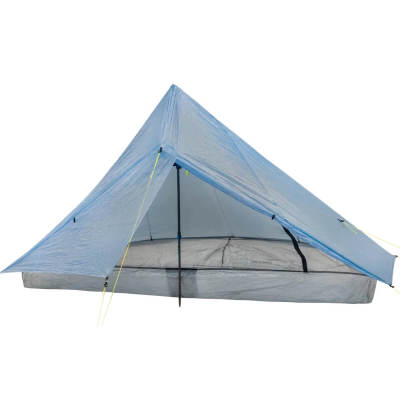
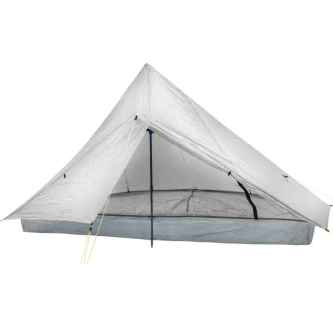
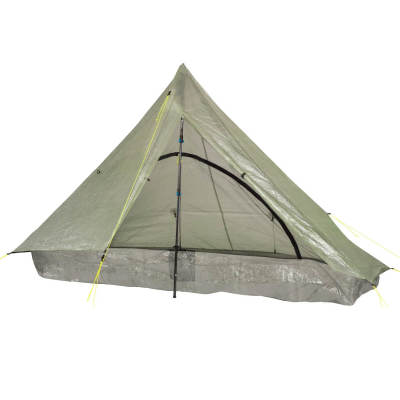
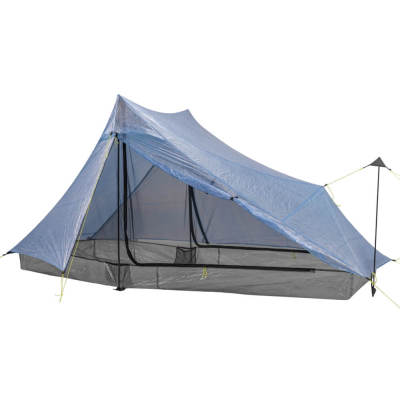
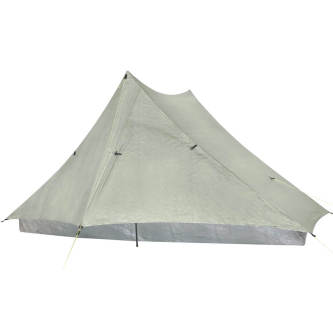
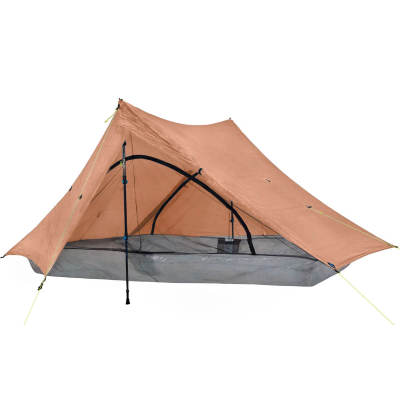
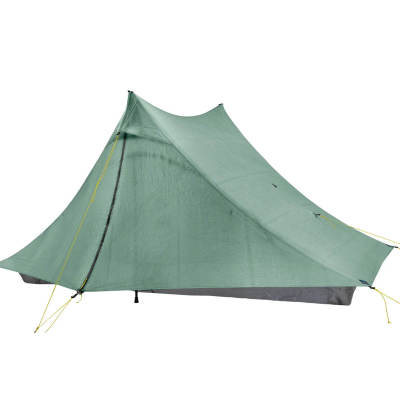
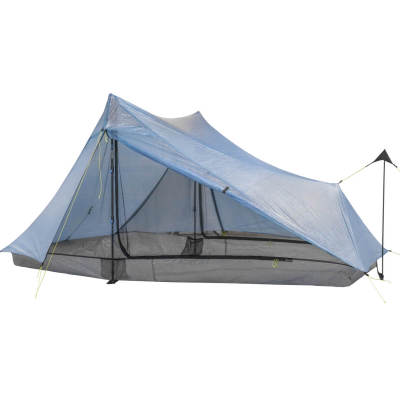
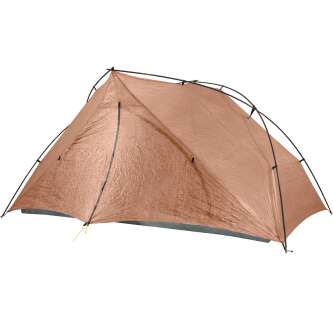
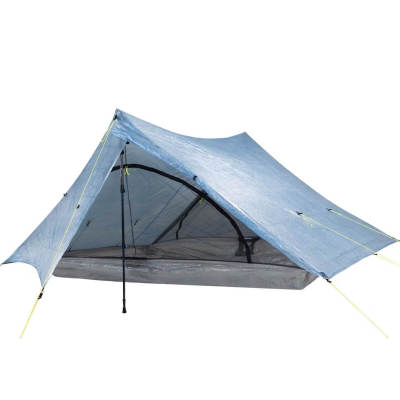
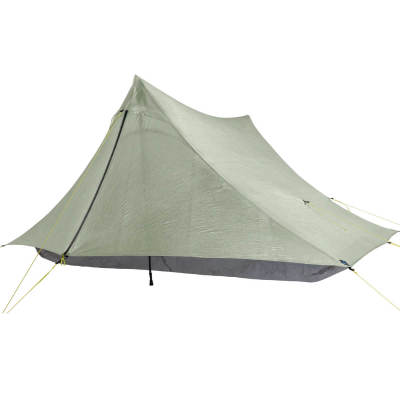
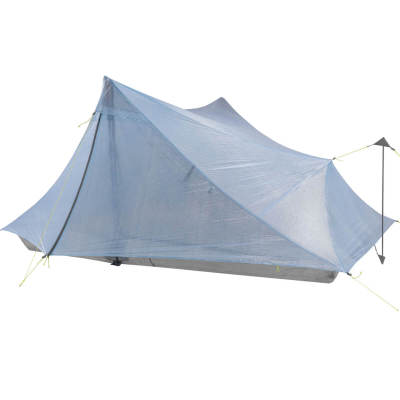
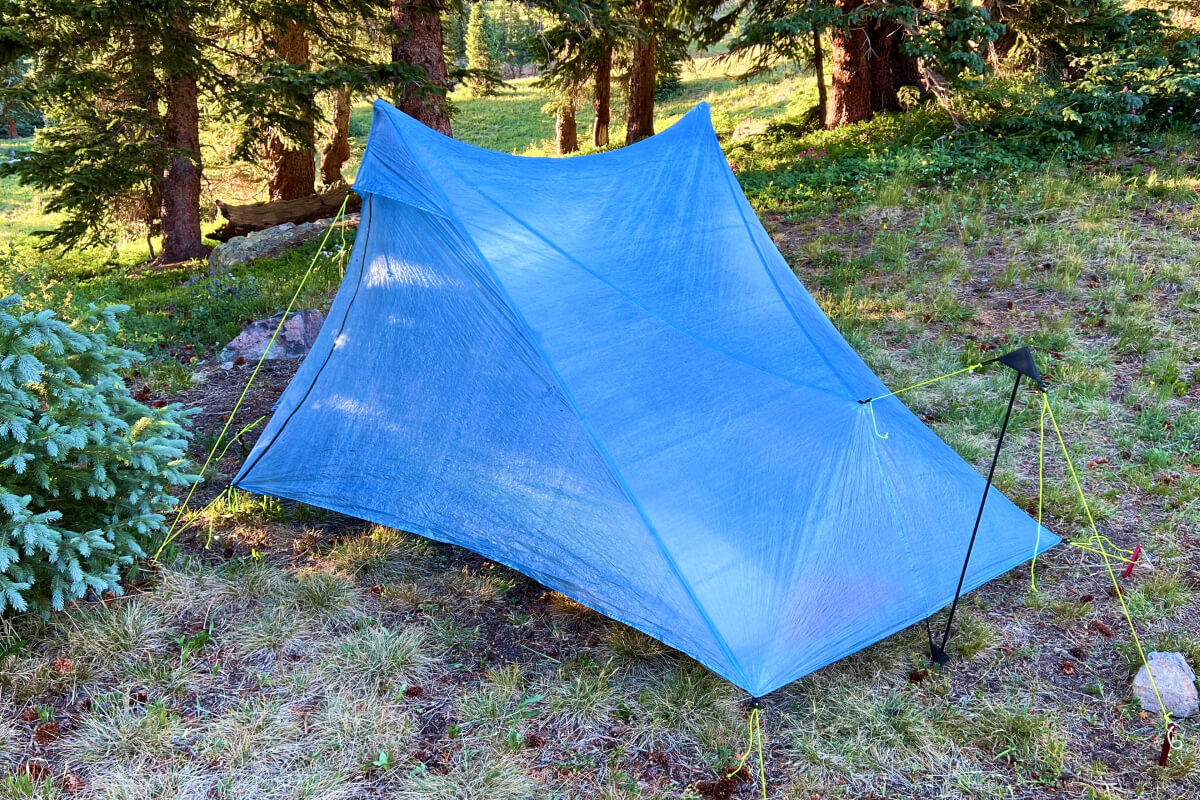
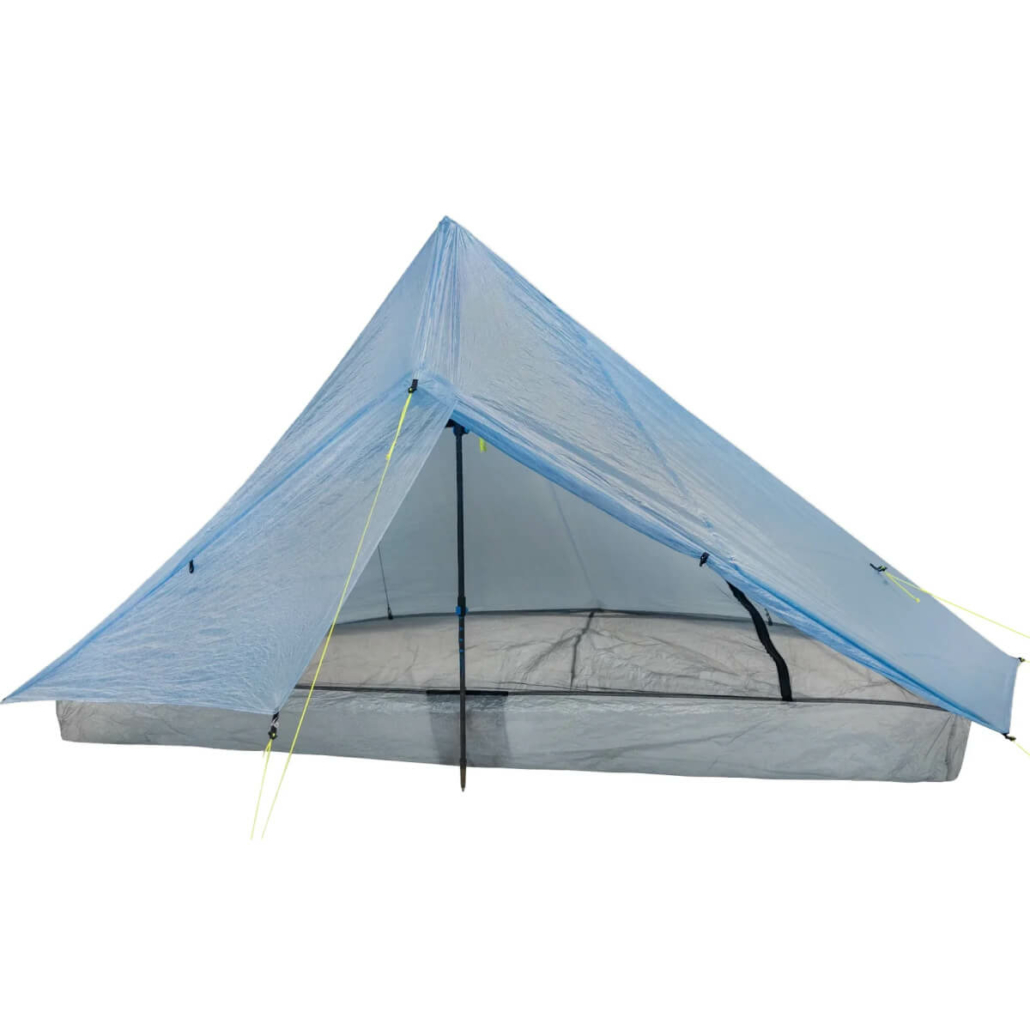
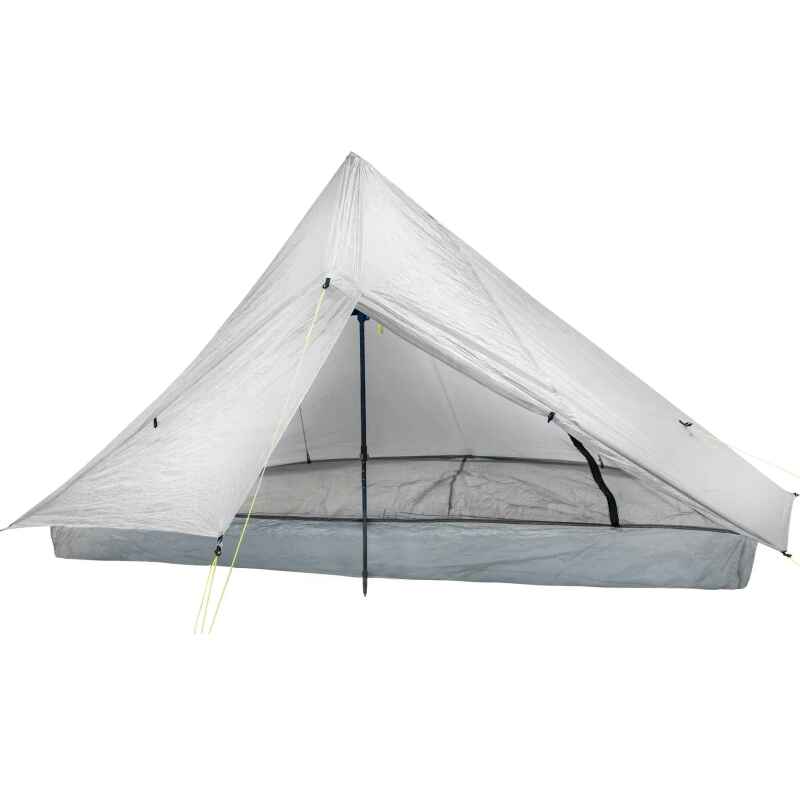
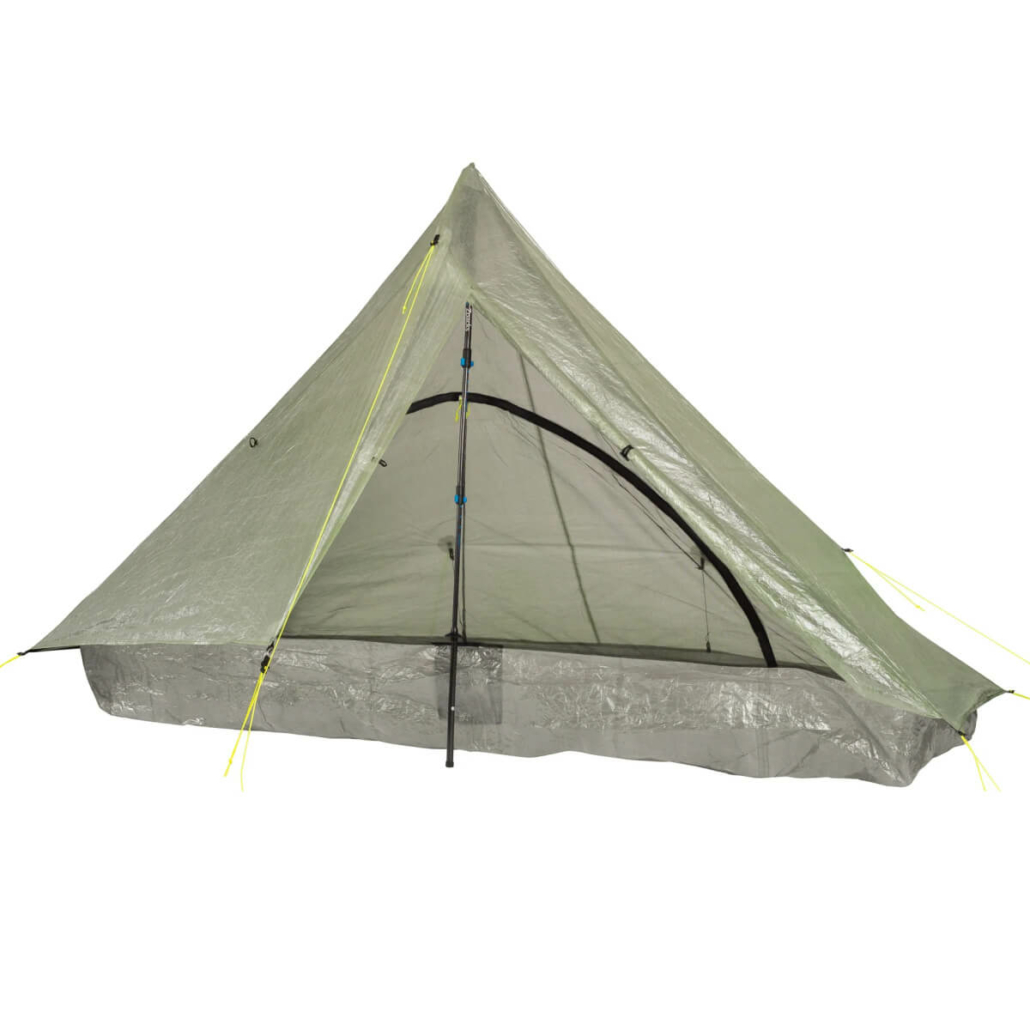
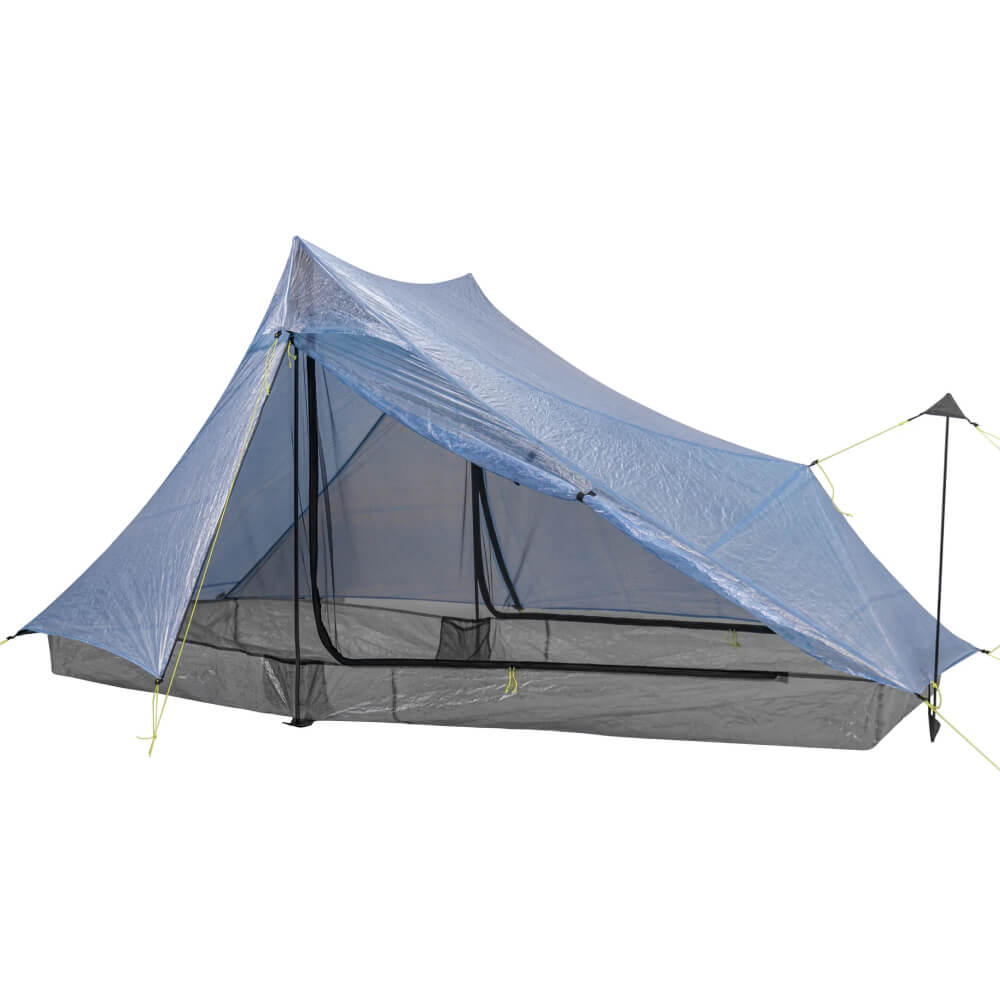
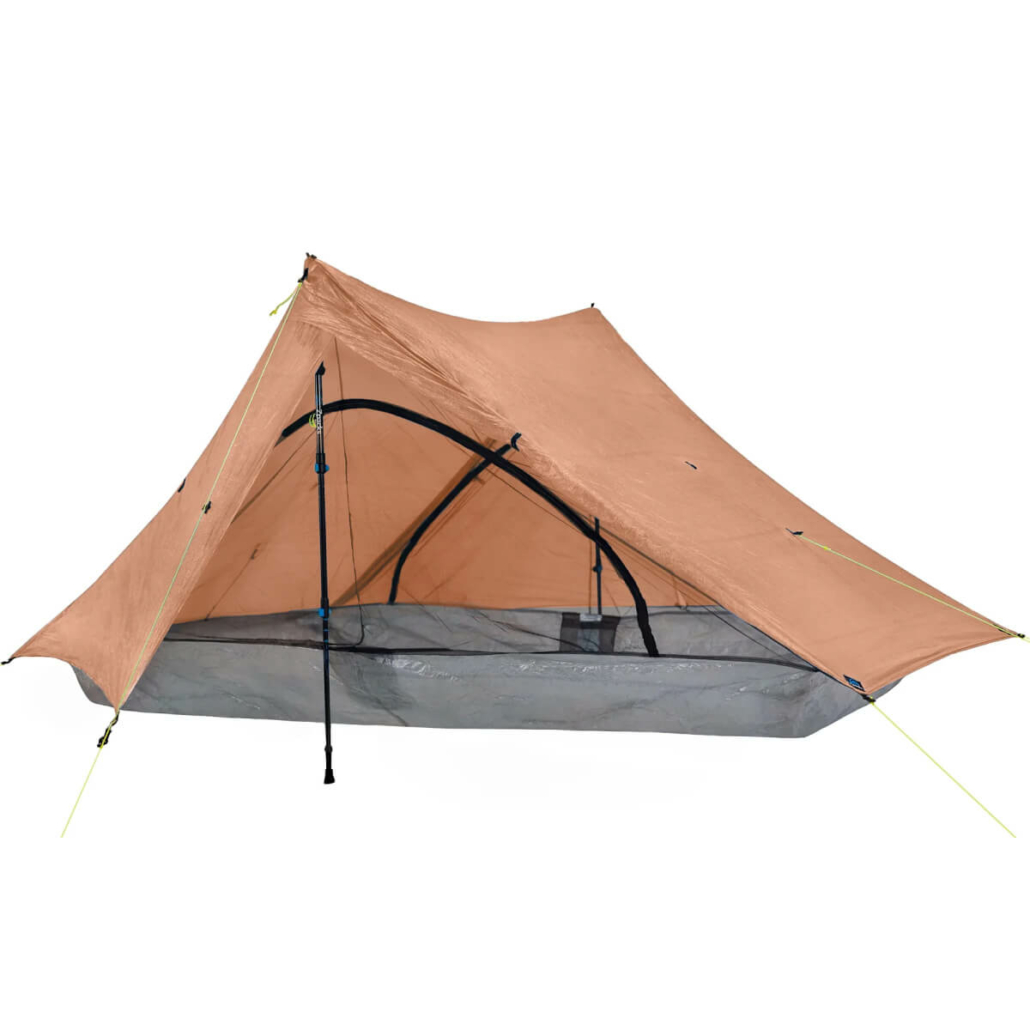
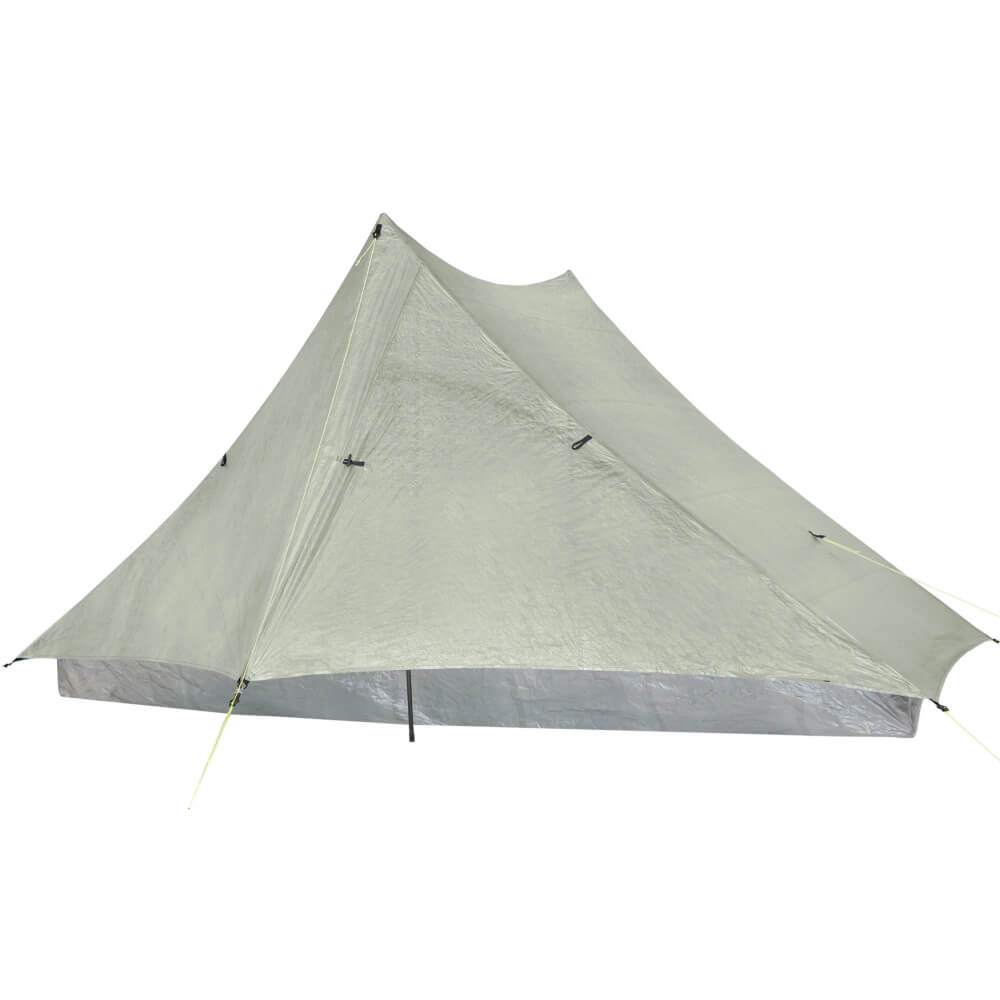
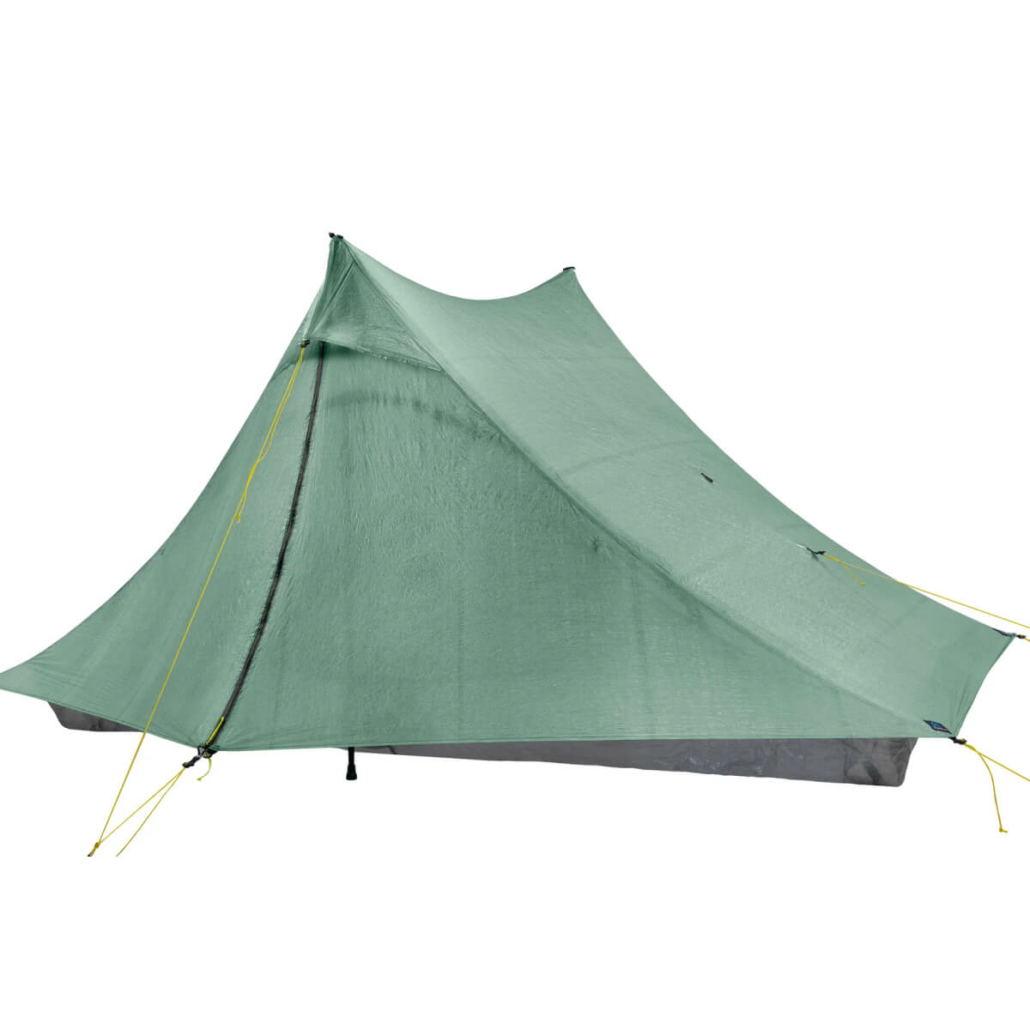
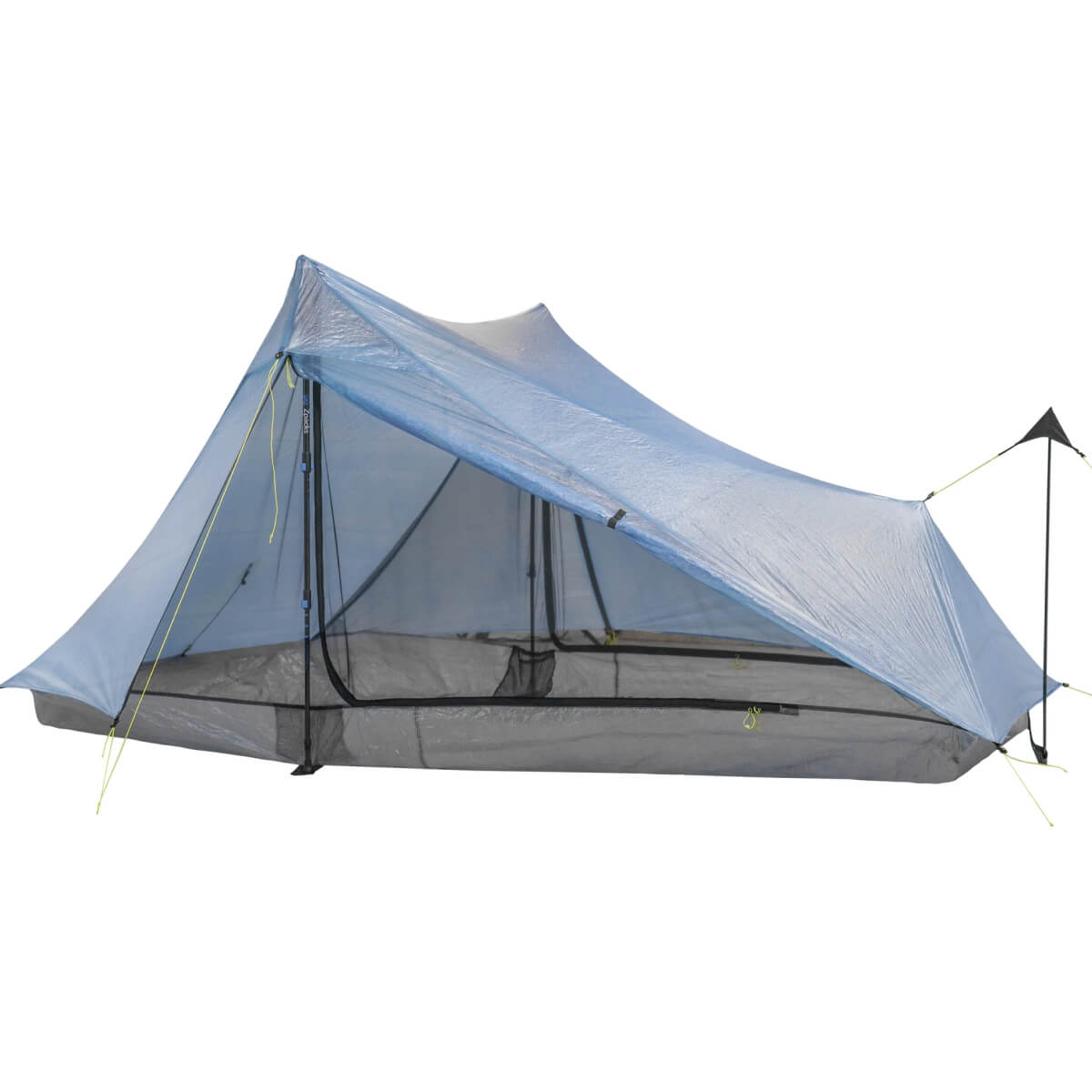
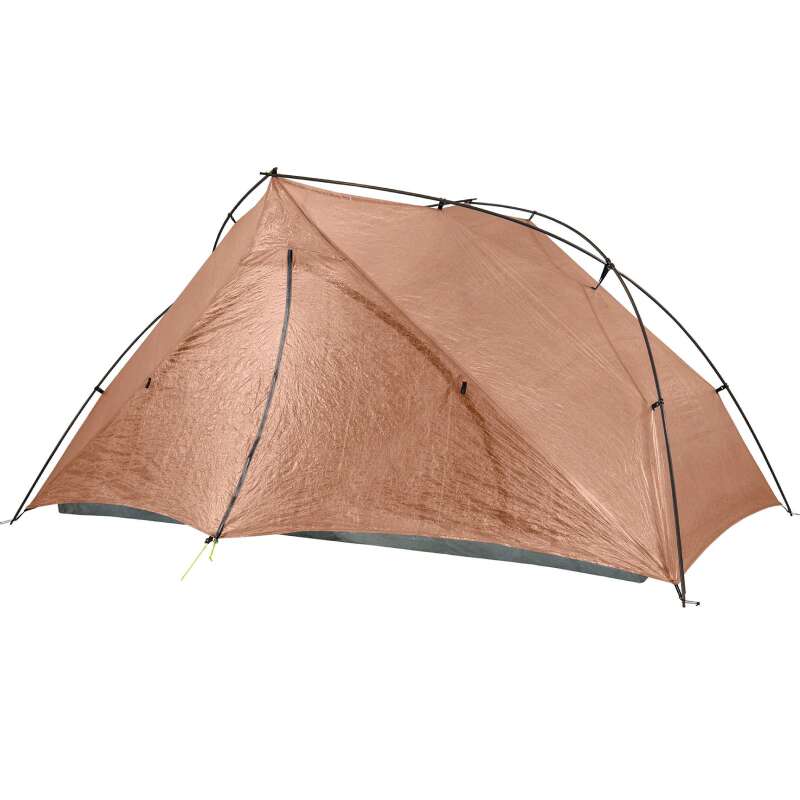
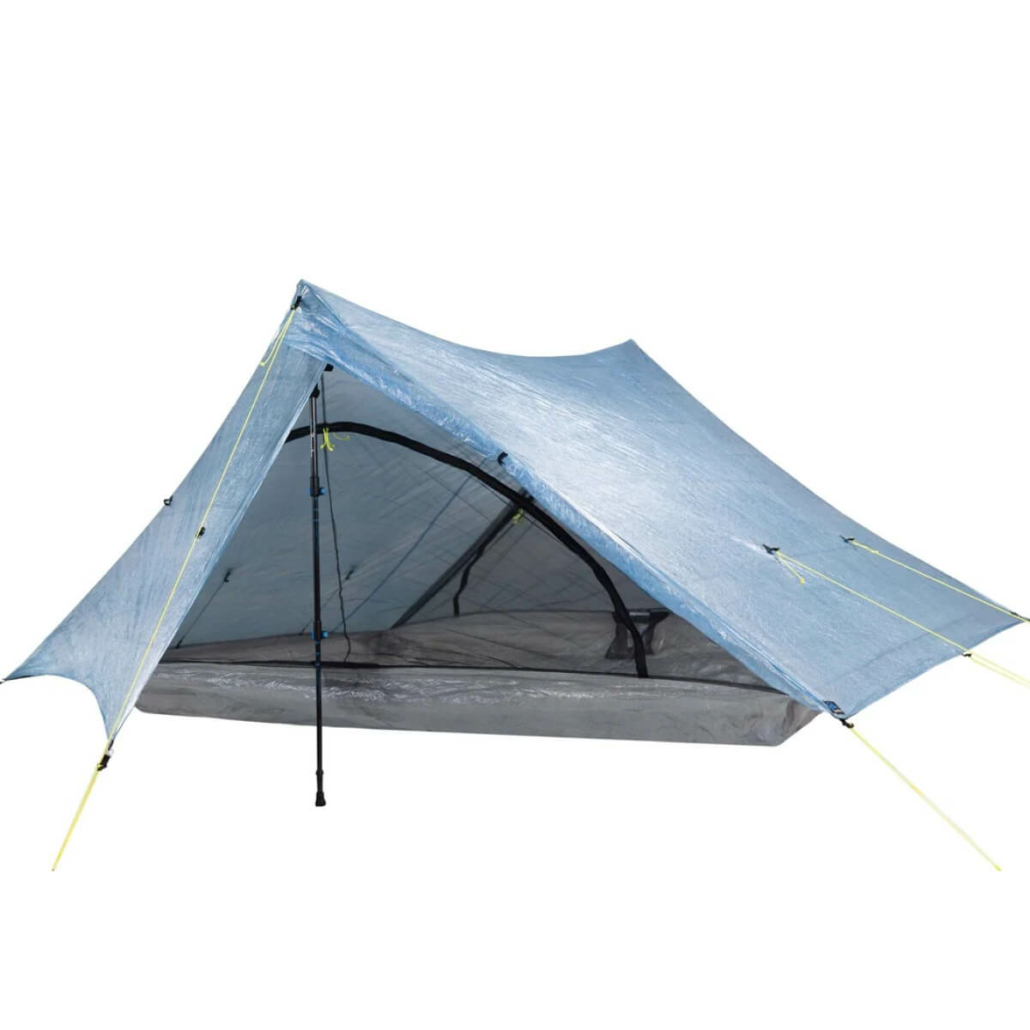
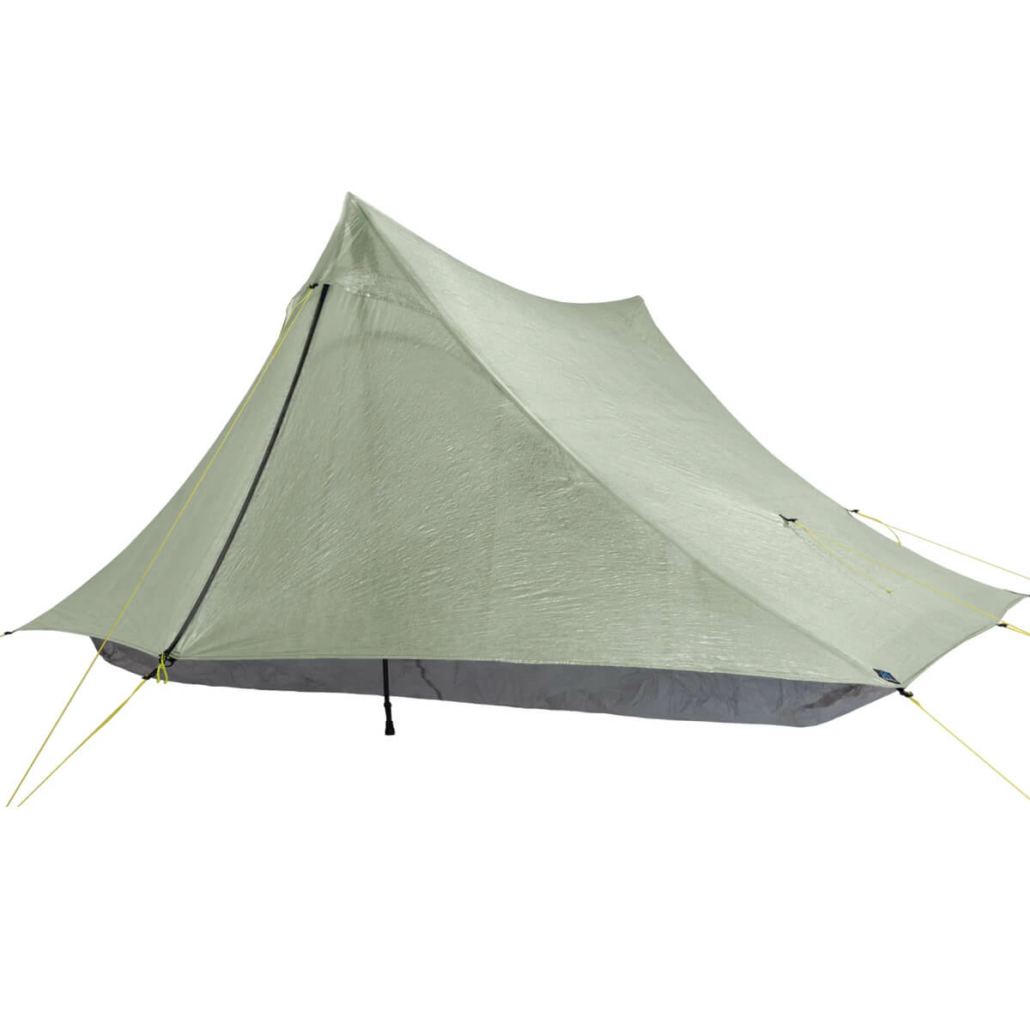
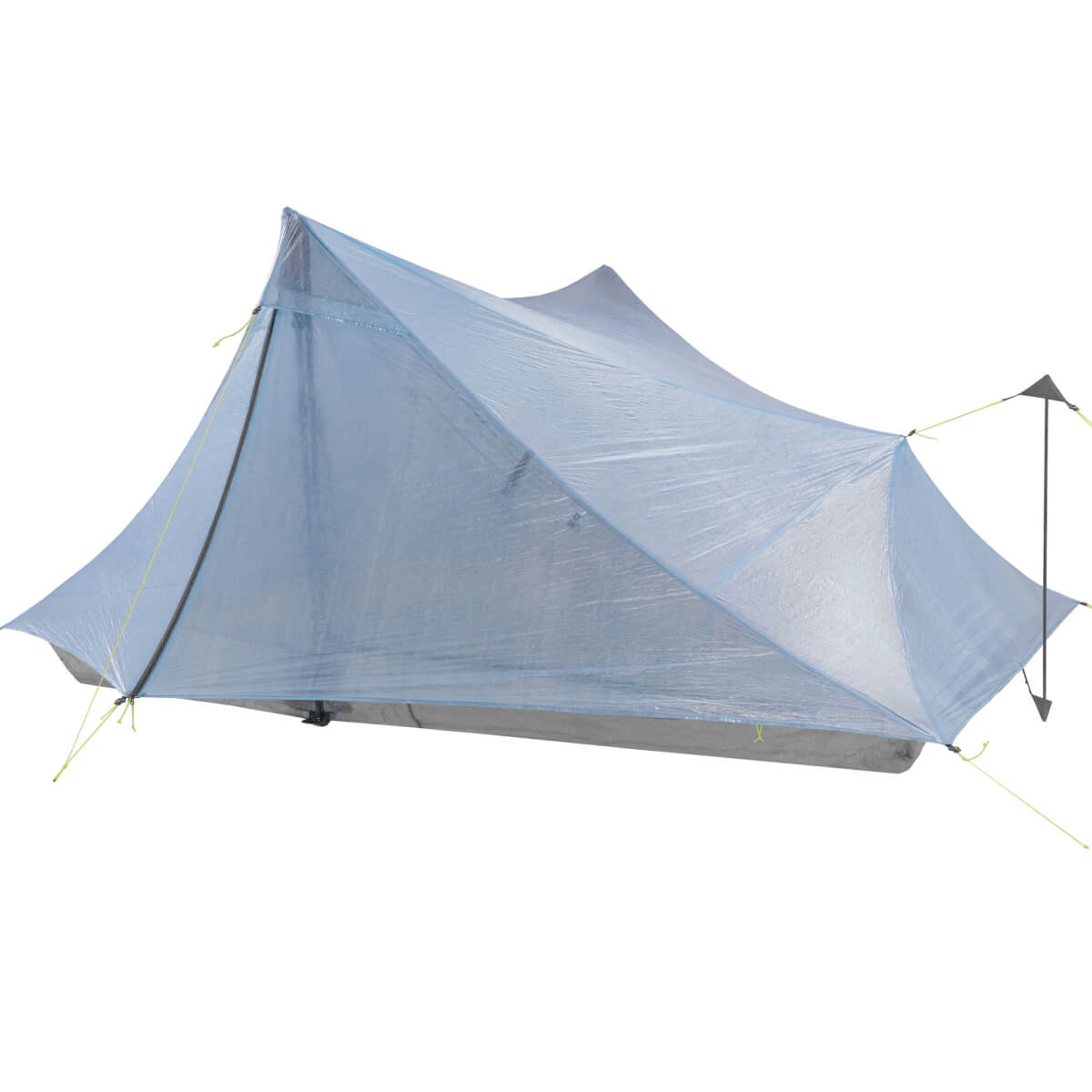
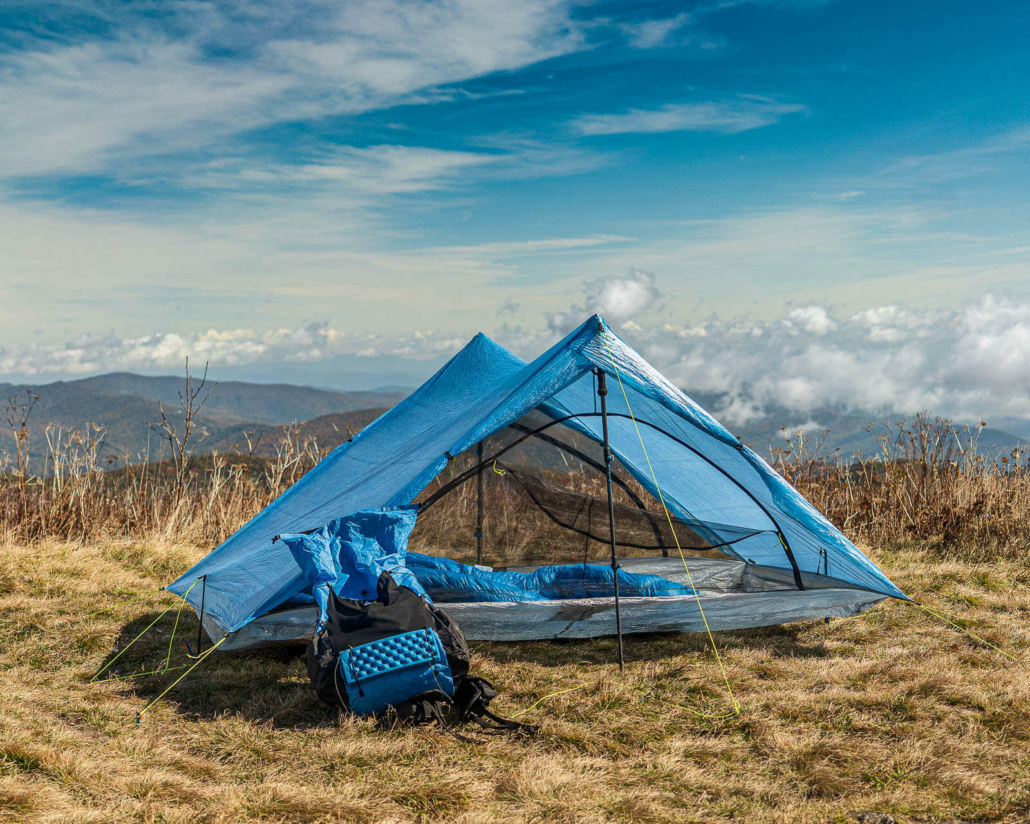
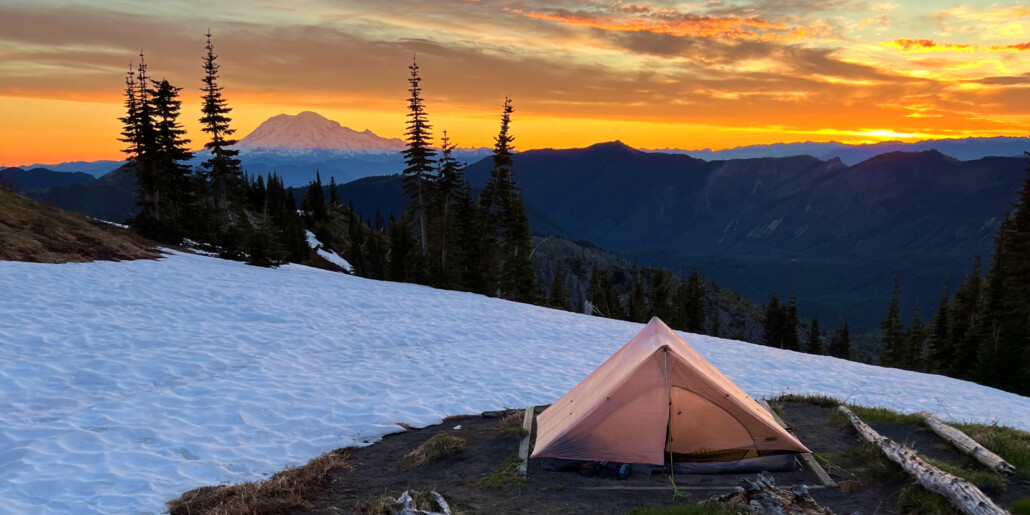
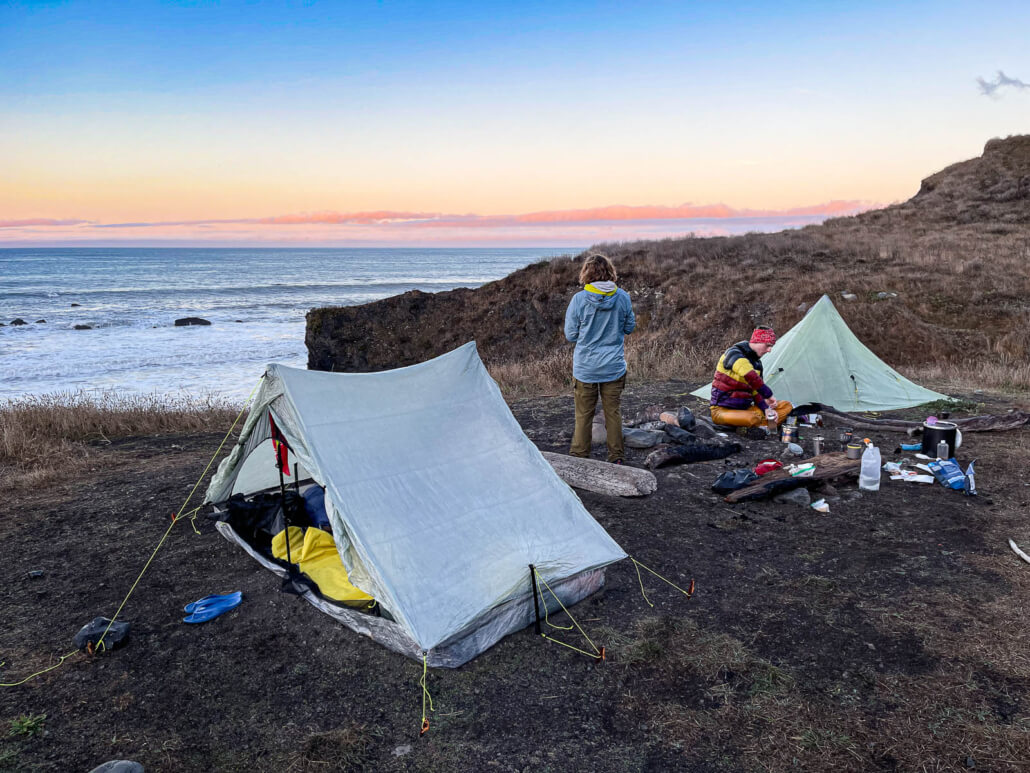
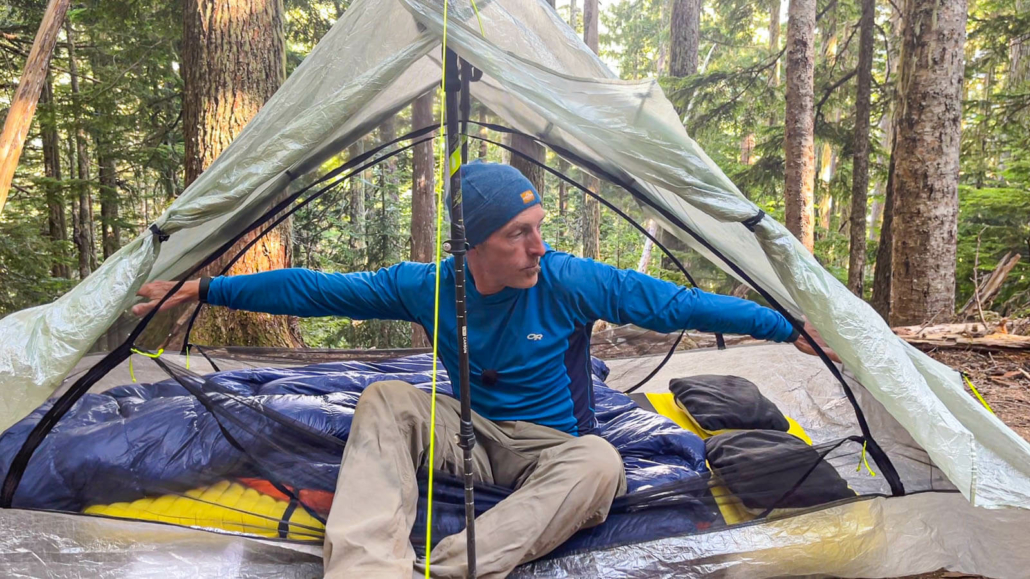
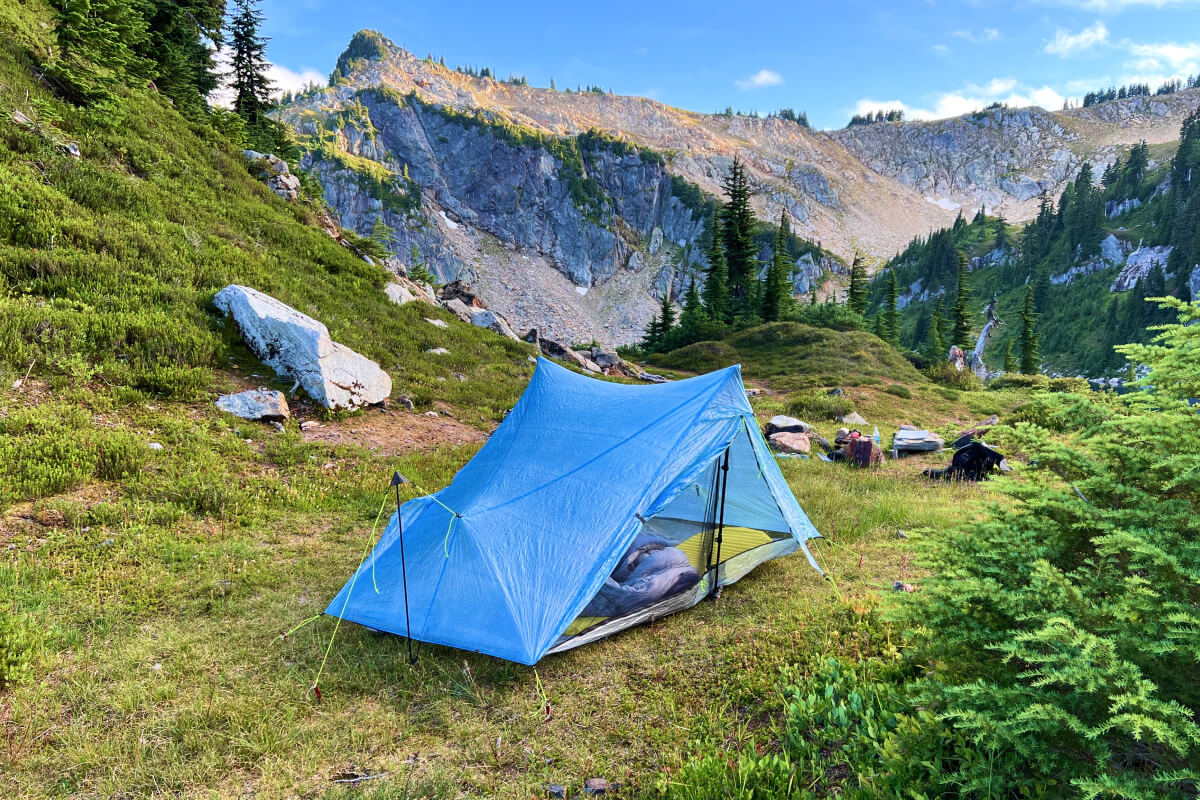


Share this entry